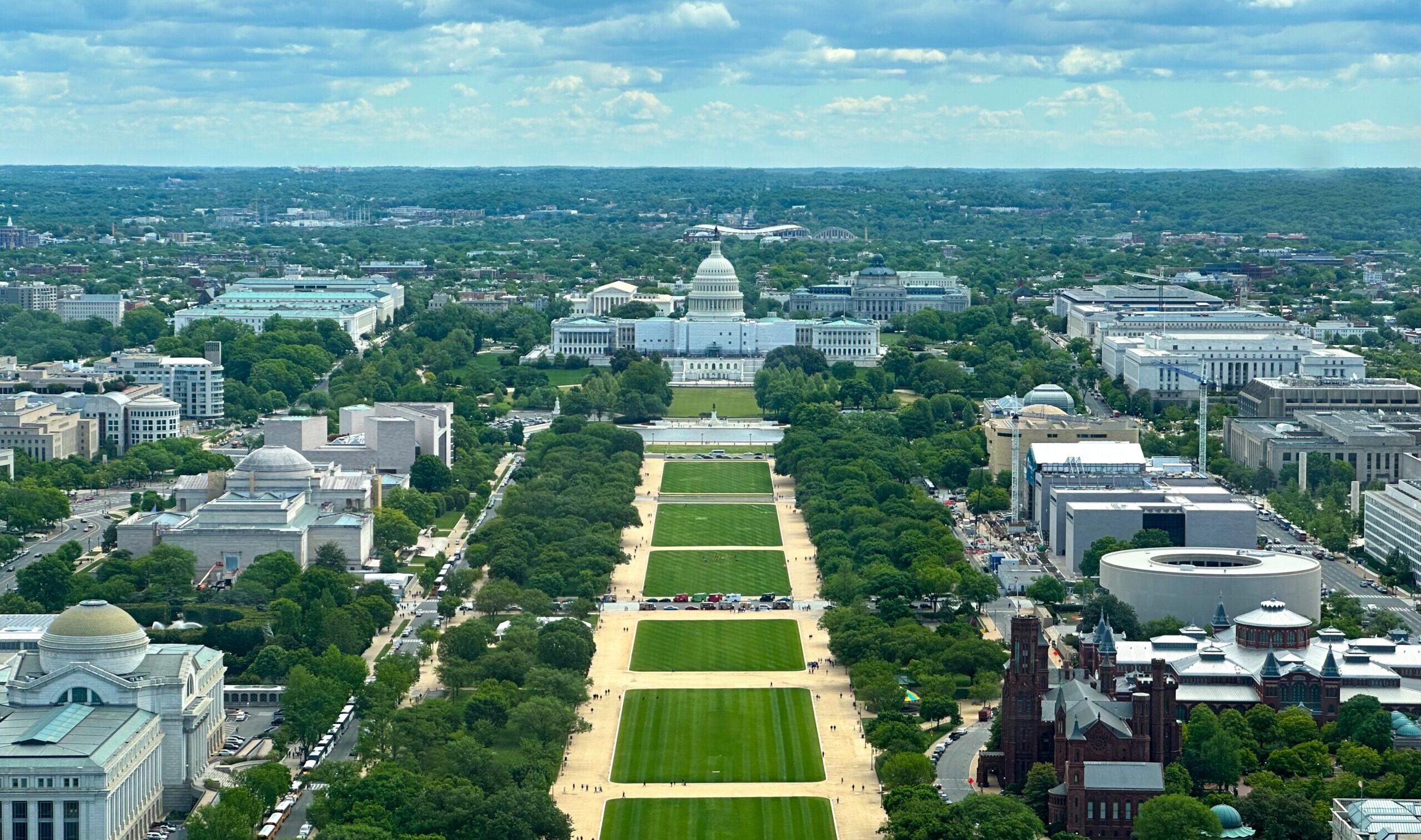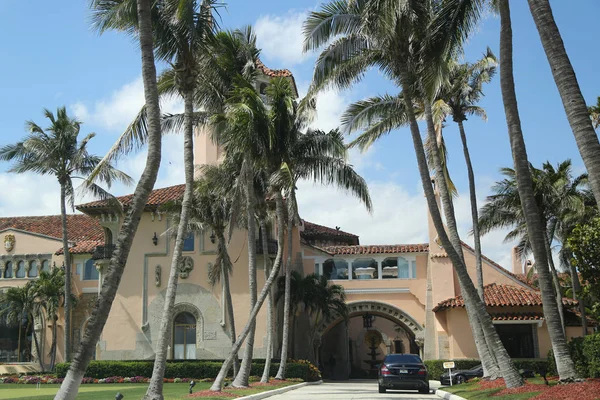Keep the Federal Government in D.C.
The Founders placed the seat of government in an independent district for wise reasons.

During the campaign, President Trump promised to move parts of the “sprawling federal bureaucracy” out of the “Washington Swamp” to “places filled with patriots who love America.” However attractive to many conservatives today, relocating federal government workers to the hinterlands is neither a new idea nor one likely to achieve its objectives. Opening government offices outside the Beltway will result in a larger, more entrenched bureaucracy—the opposite of what many reformers desire.
The U.S. Constitution provides for a “District (not exceeding ten Miles square) as . . . the Seat of Government of the United States.” Critics of the proposed Constitution directed their ire at a capital city that did not yet exist and whose location had not been selected. Anti-Federalist George Clinton predicted that the capital would become an “asylum of the base, idle, avaricious, and ambitious.”
Idle government bureaucrats, it is now argued, will be more productive if geographically nearer to their “stakeholders.” But it’s not clear what practical benefit is achieved when an economist designing ethanol subsidies is transferred to an office closer to farmers. Would he really work harder? More fundamentally, does laboring on ethanol subsidies promote the public good? Efficiency is justly valued in the private sector. But as Milton Friedman observed, if a government organization is doing something harmful, inefficiency is preferable.
Another argument for relocation is that opening government offices in economically downtrodden regions will lure other jobs. But governments have little ability to create jobs in this ham-handed fashion: when localities provide subsidies for sports stadiums, for example, the results are always disappointing. In recent years, the BBC moved many jobs from London to Manchester, with negligible spillover effects.
At present, only about 20% of federal government jobs are located in the Washington, D.C. area. The rest are already dispersed, which has doubtless contributed to government’s swelling size. Obviously, some federal institutions, such as Veterans Affairs hospitals, are appropriate throughout the nation. But if the Anti-Federalists were correct in viewing the nation’s capital as rich soil for the seeds of tyranny, we should be skeptical of any proposal to spread those seeds throughout the nation.
Once a government office exists anywhere it becomes hard to close—and this is particularly true when that government office has champions in Congress. In his first term, Trump transferred a few hundred Bureau of Land Management workers to Grand Junction, Colorado. Although some employees retired, President Biden reversed course and returned the jobs to Washington. Ominously, his Interior Secretary said that the presence in Colorado would “continue to grow.” And the newly elected Republican congressman from Colorado has indeed promised to return the government office to Grand Junction, a plan endorsed by the Heritage Foundation’s Project 2025.
Legislative proposals to relocate federal jobs inevitably situate them in the Congressional sponsors’ home states. If Elon Musk, Vivek Ramaswamy, or any future reformer ever conclude those jobs are unnecessary, the home-state legislators are unlikely to acquiesce.
In Federalist 43, James Madison defended the creation of a capital city with the observation that “the gradual accumulation of public improvements at the stationary residence of the government would be both too great a public pledge to be left in the hands of a single State, and would create so many obstacles to a removal of the government.” Madison, more far-thinking than the Anti-Federalists of his time and some conservatives today, recognized the persistent danger of having a federal government beholden to local interests.
One cannot help but suspect that the deepest unstated reason to move the jobs to the boonies is to stick it to government workers, who, it is imagined, could not bear life outside the glamorous capital. This image of federal government workers bears little relation to reality. Few GS-10s are swilling chardonnay at Georgetown cocktail parties, and none could afford to live in the Kalorama neighborhood, rubbing shoulders with Barack and Michelle. If the goal is to force government workers to quit, never to be replaced, the solution, given the notorious traffic inside the Beltway, is simple: keep as many federal government offices as possible in downtown D.C. and require all government workers to be at their desks from 9 to 5 every day. For most government employees, living in Prince George’s County, Maryland, or Loudon County, Virginia, the prospect of a daily commute will be adequate to induce retirement.
The post Keep the Federal Government in D.C. appeared first on The American Conservative.

